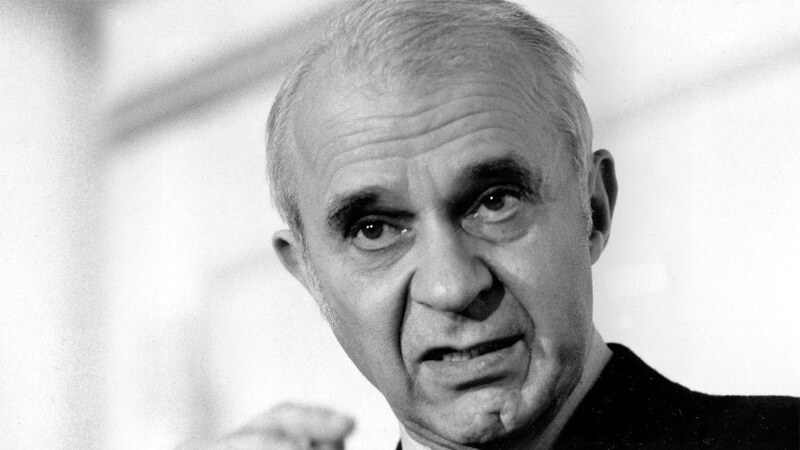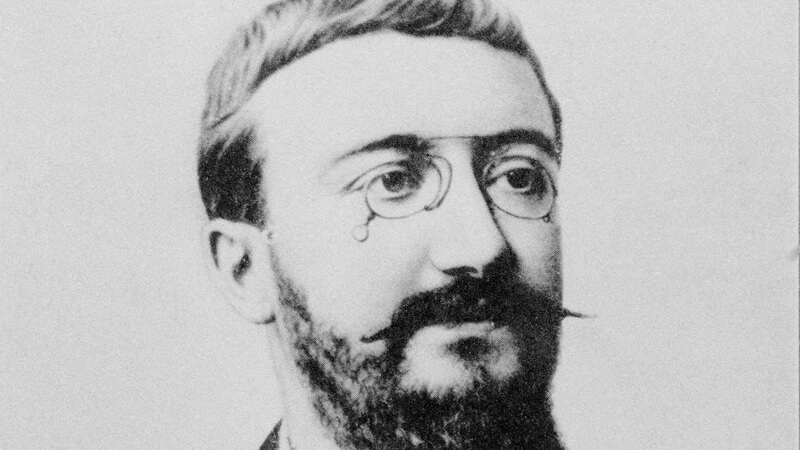Biography of Wassily Leontief: – American economist who stood out for his theoretical studies and developed the input-output methodology of economic analysis, for which he was awarded the Nobel Prize for Economics in 1973.
Biography of Wassily Leontief
- Born:- 5 August 1906, Munich, Germany
- Died:- 5 February 1999, New York City, New York, United States
- Known:- Input-output analysis
- Children:- Svetlana Alpers
- Education:- Humboldt University of Berlin(1925–1928), Saint Petersburg State University, Harvard University
- Awards:- Nobel Memorial Prize in Economic Sciences, Guggenheim Fellowship for Social Sciences, US & Canada
At the University of St. Petersburg (Leningrad), where his father was a professor of economics, he studied philosophy, sociology and economics, careers that would give him a solid intellectual education.
See Also: Biography of Saint Thomas of Aquino
Leontief, who had lived intensely the beginnings of the Russian Revolution, moved to Germany and received his PhD from the University of Berlin in 1928.
A year earlier, showing his interest in the operation of supranational economic systems, he had entered the Institute of World Economy, University of Kiel.
After his experience as a consultant in the organization of the Chinese railway network, the prestigious economist traveled to New York and joined the faculty of Harvard University, where he founded the Economic Research Project in 1939.
Two years later, Leontief unveiled The structure of the American economy, 1919-1939, an essential work that studies the interrelation between the various economic sectors and that tries to surpass the abstraction in which Walras’ theory and others similar to through its famous input – output tables .
Wassily Leontief was one of the first to use computers in programming among productive sectors. On receiving the Nobel Prize in Economics in 1973, he summed up his method by stating that “the world economy, like that of a country, can be seen as a system of interdependent processes.
Every process whether manufacturing steel, youth or the management of the family economy generates certain outputs and absorbs a specific combination of inputs the direct interdependence between two processes is manifested when the output of one is the input of the other: coal is the output of one mining industry and the input of the electric power production sector.
The chemical industry uses coal directly, as raw material, but also indirectly as electricity. A network of relationships of this kind constitutes a system of elements that depend on each other, directly or indirectly. ”
The input-output tables are a method that allows describing and analyzing the direct or indirect interrelationships through double entry tables, in which the different processes of the economic system studied, are categorized in different branches, activities or sectors.
The method, initially static and based on the idea of circulation exposed by Quesnay, was perfected by Leontief, achieving a greater dynamism and the possibility of using the linear programming system.
In 1953, Wassily Leontief published Studies on the structure of the American economy; in 1966, Economic Analysis Input-Output and Essays, and, in 1978, Economics Essays. From 1975 he was member of the department of economy of the University of New York, as well as of numerous institutions and scientific associations.




